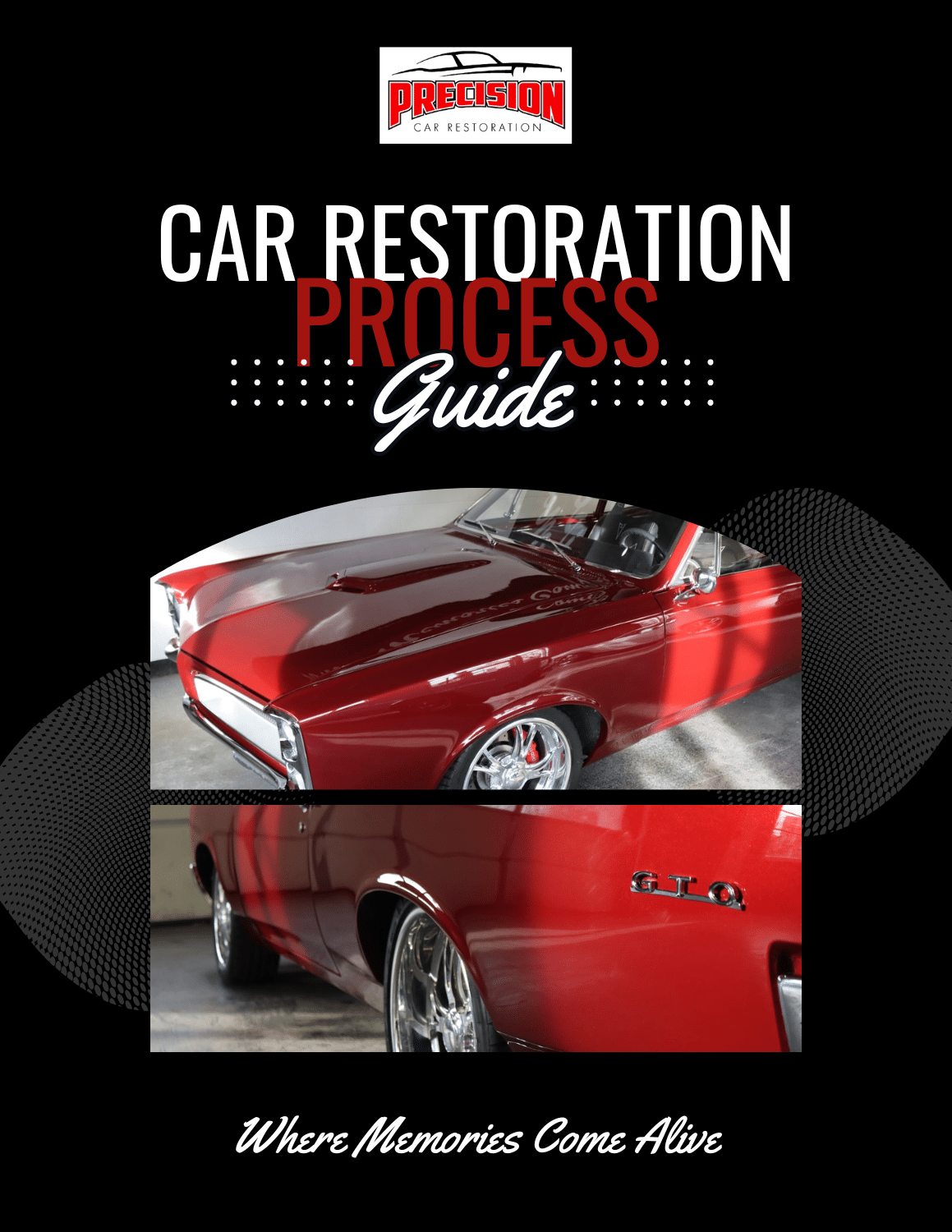Masking a car is one of the easier steps when performing paint and body work, right? Not so fast. As simple as masking off a car may seem, there is definitely and right way and a wrong way to do it. Properly masking a car is an often overlooked step that’s essential to achieving show-quality results. Fortunately, following a few simple tips and tricks can go a long way into achieving show-quality results.
First and foremost, make sure to thoroughly clean the vehicle. The typical body shop is a dusty environment, so start by blowing all the dust out of the door jambs, wheelwells, engine compartment, and various nooks and crannies. Next, the vehicle surface needs to be washed, dried, and blown out again to make sure that it is free of debris. Don’t forget to use a different sponge or rag when washing extremely grimy areas to prevent contaminating the outer panels that will be painted.
When it comes time to actually lay down the masking tape, back masking is a simple technique used by the pros that ensures optimal results. This involves applying tape to the back edge of the pinch welds, door and fender edges, and along the bottom of rocker panels. Back masking allows the paint to taper instead of forming a hard line along the edge of the tape. Likewise, in areas of the car that collect dirt and grime—like the rockers and wheel lips—it can be difficult to get the tape to stick to the surface. To combat this, first try to clean the back edges of rockers and wheel lips with a Scotch-Brite pad to loosen built up dirt and road debris. If that’s not enough, try applying a small amount of a cheap clear coat on a rag on the problem areas The clear coat will give the tape a sticky surface to adhere to. After allowing the clear to sit for a couple of minutes, the tape should now stick.

Moreover, taping off the jambs on a car that is still assembled presents its own unique challenges. Using 18-inch masking paper on a quality tape machine, mask off the jamsb of the doors, trunk and hood areas while making relief holes for strikers and latches. Next, use foam aperture tape along the non-moving side of the jamb. For example, tape the fender side of the hood jamb, and the quarter side of a door jamb. Once the masking paper has been applied, tape down and folds and creases that are present in the paper. This will prevent trapped overspray and dirt from blowing out while spraying the fresh paint.
For windshields, glass openings and all other large open areas first back mask the pinch welds where possible using 1.75-inch tape. Next use 0.75-inch tape to create a “jail cell” for the paper to sit on. This step saves the hassle of trying to keep the paper tight and wrinkle free. Then, lay a large piece of paper over the entire area, stick the paper to the tape that’s already been applied around the pinch welds. Using extremely light pressure, trim the paper along the taped edge while keeping the paper as close to the body as possible.

Last but not least, make sure all holes—such as emblem, handle and molding holes—are taped from behind. Before paint work begins, use light air pressure to blow the masked areas making sure that the tape and paper are properly secured. If the tape or paper comes loose, re-tape and try again until the vehicle is sealed up tight. When all said and done, only areas that should be exposed are those you wish to paint. Overspray will find a way to sneak into unmasked areas, so examine the making work one last time to make sure everything that should be covered up is indeed covered up.


